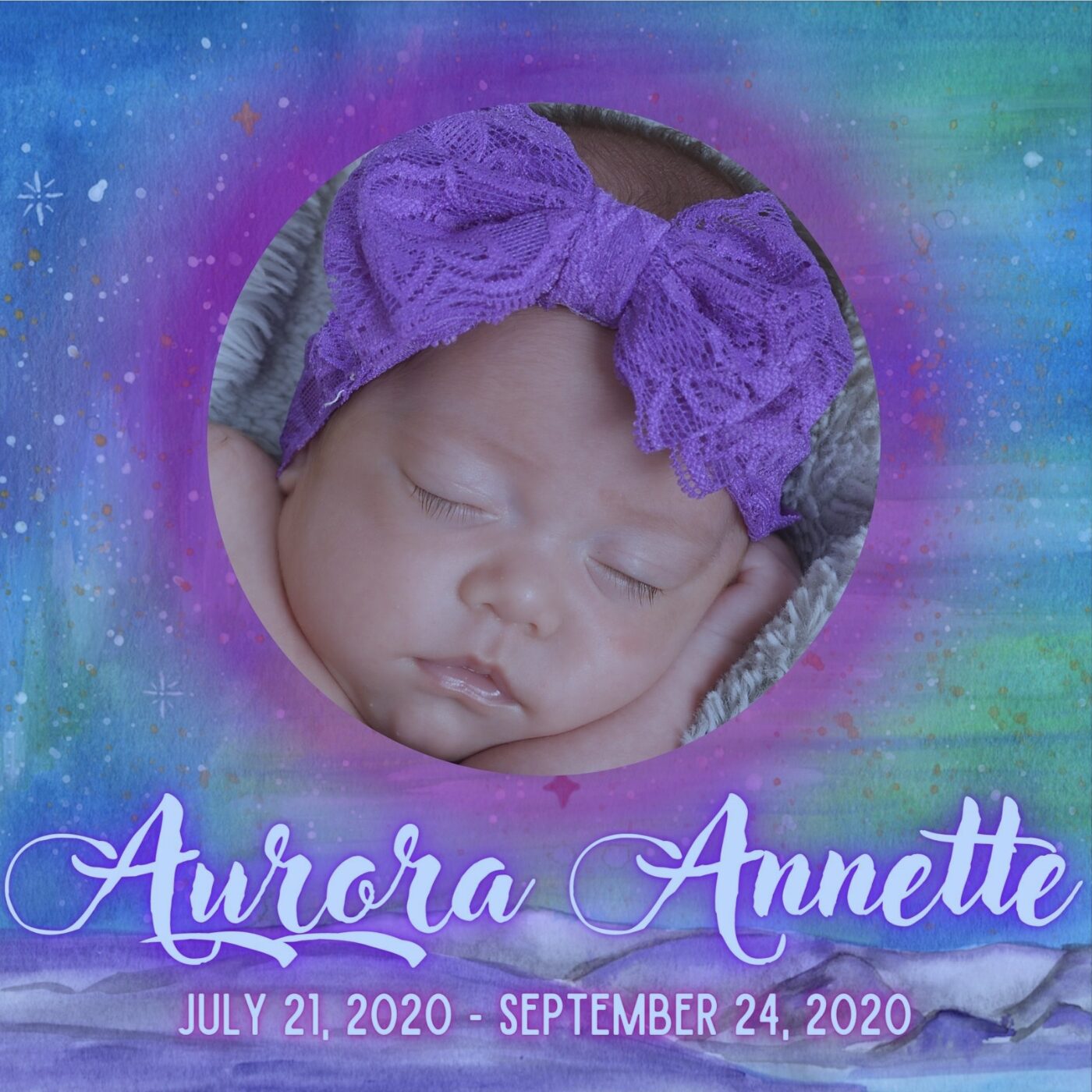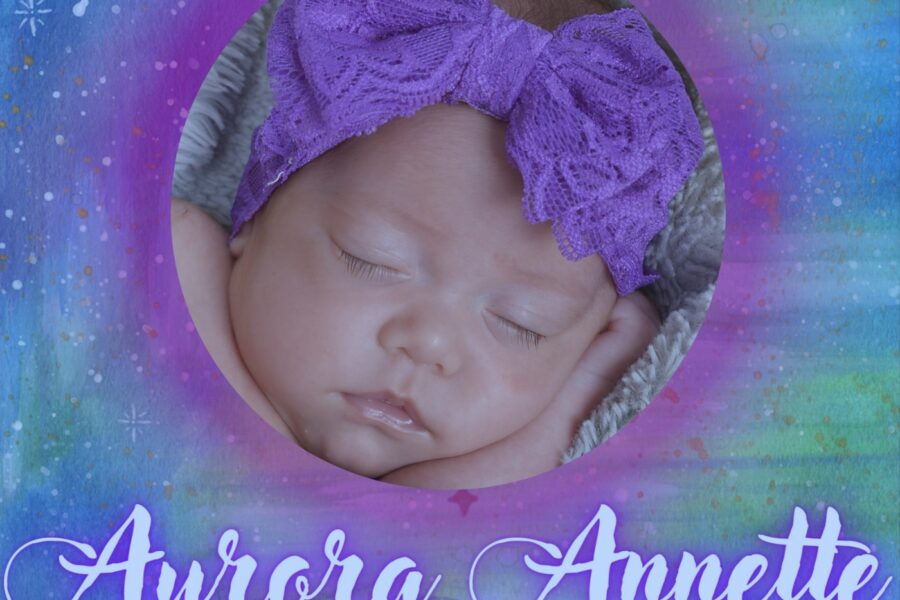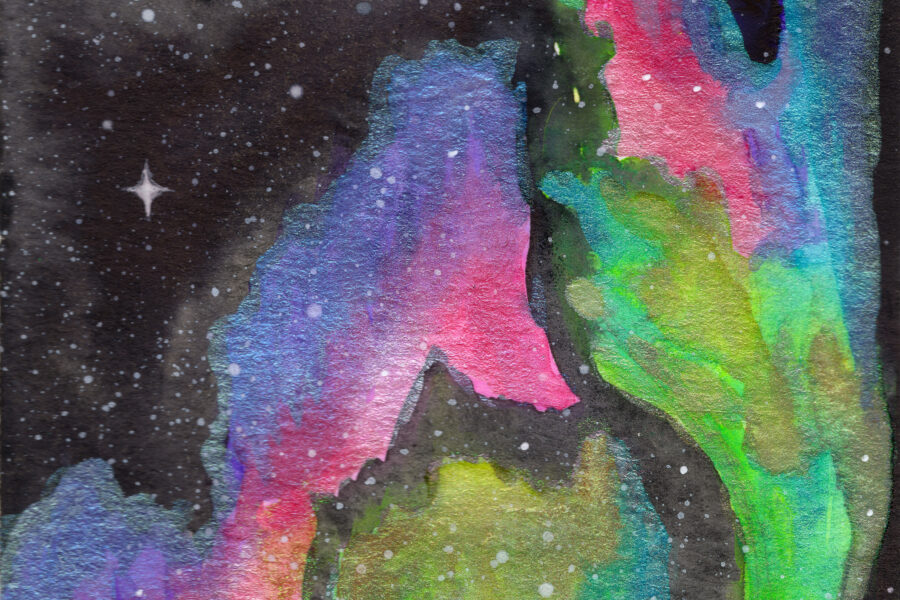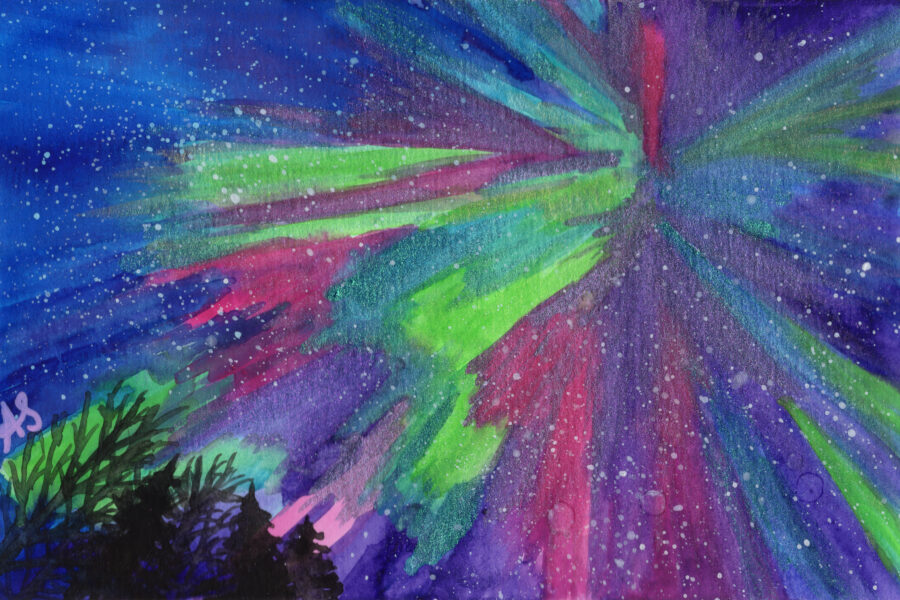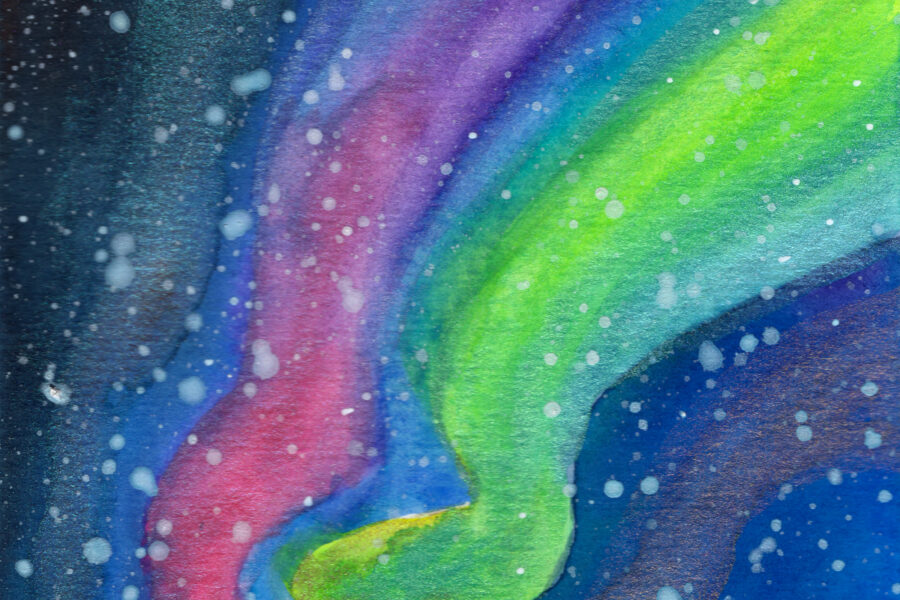I used to hate painting with watercolor. The colors were too light, the paint seemed uncontrollable, and the artwork looked both careless and effortless to me. They frustrated me when I painted with them. So much so that it wasn’t until I was teaching elementary art that I gave watercolors another chance. It was important to me to be comfortable using the art materials that I would be teaching my students to use. Watercolors were just as frustrating as I remembered. However, the more that I allowed myself to be open to making mistakes, being a beginner and not an immediate expert, then, the more I learned, and eventually loved, painting with watercolors. I continue to use them in my artwork today.
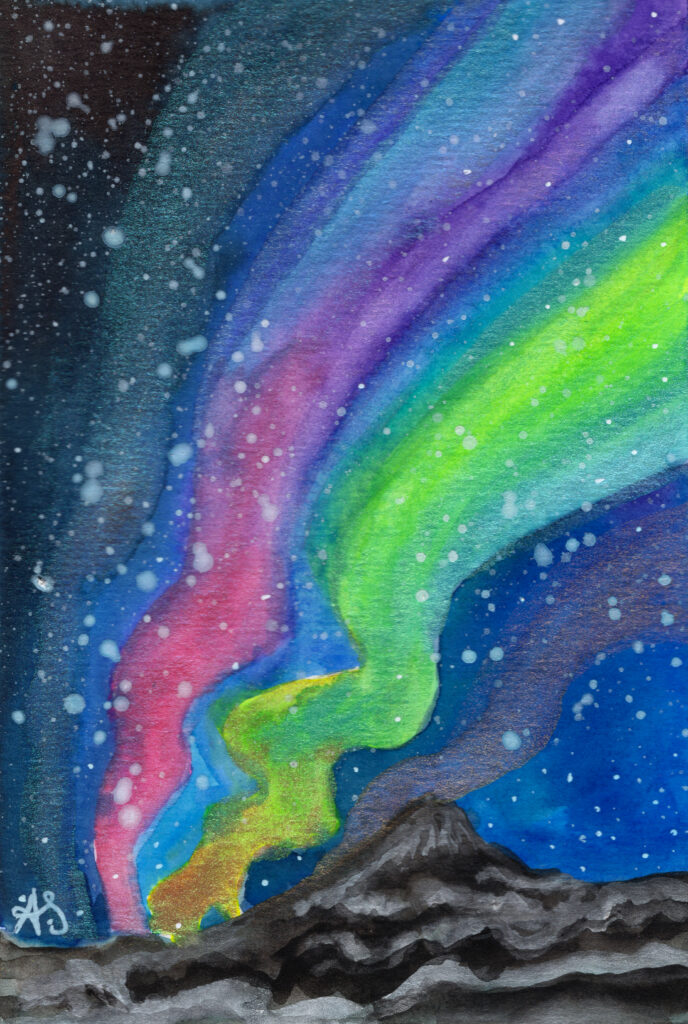
Why am I sharing this? Watercolor paint is made of a colored pigment that is suspended in a water-soluble binder and as the paint dries, it leaves a layer of color. In painting with watercolors, I realized that what makes them so visually enticing is how the colors and hues are layered to create the artwork. Watercolor requires the artist to have patience, openness, and trust in their artistic process. You have to allow the colors to blend and flow however they want. If I try too hard to control where the colors go, they will mix together and get muddy, and my painting will lose its vibrancy. Watercolor painting is really just a matter of letting go: allowing the colors to blend and flow, giving each layer time to dry before adding another, and trusting the process.
It is having this “artist’s mentality” that has helped me in my grief journey after losing my daughter, Aurora Annette, on September 24, 2020, just three days after she and her twin sister were 2 months old. Needless to say, my family and I were left absolutely devastated and heartbroken with Aurora’s passing. Speaking for myself, losing Aurora completely obliterated my life.
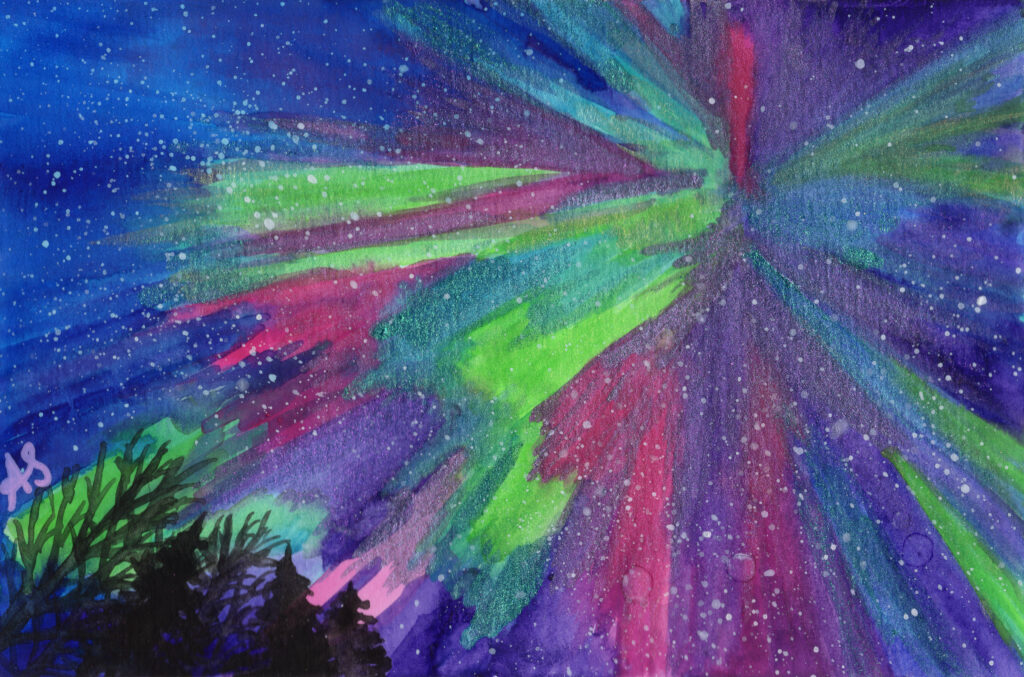
Three years prior to having my twin girls, I struggled with infertility, due to Stage 3 endometriosis. After having two laparoscopic surgeries in 10 months, I began a cycle of in-vitro fertilization (IVF). It was the most physically and emotionally trying experience I have ever been through. Between the 3x/week morning blood draws, medications, injections, procedures, not to mention the emotional and psychological toll it took on me, as I watched seemingly everyone else get pregnant. We only got one healthy and viable embryo, but thankfully it was all we needed.
At my first scan, we found out that our one embryo had split and we’d be having twins! 2 identical twin girls! My pregnancy was high risk with so many complications that I had an emergency c-section 7 weeks early on July 21, 2020. Aurora Annette was 2lbs 15oz and her twin sister was 4lbs 7oz. They were so beautiful and in that moment, I had what I had been waiting and praying for: I was a mother at long last. Our family finally felt complete.
Little did I know how fleeting our time together would be. On the morning of September 24, 2020 (I’ll never forget it was a Thursday), Aurora didn’t wake up. She was pale and unresponsive. I called 911, the paramedics came, but they had trouble intubating her because she was so tiny. They rushed her in the ambulance to the ER. The doctor tried everything to revive her but she was gone. It was the worst day of my life. I felt like I died with my daughter that day.
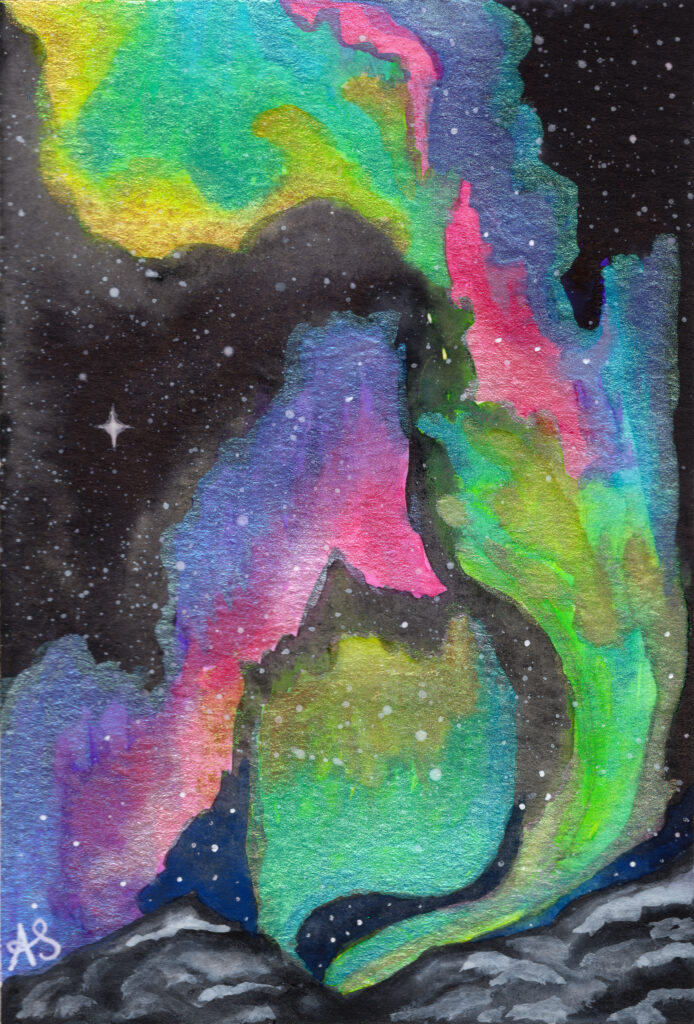
The translucent nature of watercolors lets the artist paint not only with colors, but also with light. The artist decides where to let the colors settle into darkness and where the light will shine through. That’s the same as with grief. Your entire world has imploded and left you in total darkness. All you can do now is to sit in the dark, feeling the pain of heartbreak and anguish. Time somehow stands still and simultaneously speeds up. As the time passes and you continue sitting in the dark, you slowly begin to see that it’s not only darkness that is around you. There are small pinholes of light shining through, your eyes just had to adjust to seeing in the dark. It’s like trying to see the stars: you need to drive far away from the ambient light of the cities and go to the darkest area you can find (as pitch black as possible), then let your eyes slowly adjust to the dark, and that’s when the lights of the stars come into view.
The dark of the night never truly goes away, it returns each day at sunset. The grief that I feel will never truly go away, it will be with me for the rest of my life. It represents the love that I have for Aurora, and it will always surround me. Some days the grief feels like it envelops and suffocates me, and I have to decide whether I will allow the darkness to take over, or concentrate on finding the light from the stars. Some days the darkness wins, and some days, it’s the light. Both equally exhausting and emotionally draining.
In order to create a captivating and aesthetically appealing work of art, both light and dark are needed. That is the same for my grief journey. Especially in the beginning, it felt as though I would forever be sad and broken; my life in complete darkness because my baby died. A year later and not much has changed, it still feels like I will be sad for the rest of my life. What am I doing differently now, though? I’m allowing the darkness to surround me. I’m not fighting or resisting or pretending that it’s not there. Also, I have to acknowledge that it is terrifying to allow yourself to be completely vulnerable and open to your grief. Grief is scary and unpredictable, and you never know how hard it will hit you or what will trigger you and send you spiraling headfirst into your depression. The only sure thing about grief is that it is inevitable. Now, knowing this, you can either live in total fear of the next time your grief will hit you, or you can face your fears and surrender yourself to the grief: welcome it in, hold space for it, and sit with it a while. Facing your grief requires you to be mindful and present in the moment, no matter how painful and uncomfortable.
For me, facing my grief means being open to however the rest of my life plays out after the loss of my daughter. I’ve realized that my life is made up of moments. Yes, I have those agonizing, overwhelming moments where the grief hits so violently. I slowly realized that, although these painful moments where my heart longs inconsolably for my baby feel like torture, they are just moments. They only last for a finite amount of time, whether it’s a few seconds, or minutes, or hours. A bad 5 minutes does not make the entire day bad, and a bad day doesn’t make a bad life. You have to ride it out and take it as it comes. When you do, you begin to notice that interspersed within those sad moments are small moments of joy, just as the stars are interspersed within the dark sky. If you focus too hard on the dark, you won’t see the stars. If you focus too hard on the anticipation and waiting for the next moment of grief to happen, you’ll miss any and all moments of joy. You need the darkness to see the starlight, just as feeling the sad moments allows you to recognize and appreciate the happy ones. Just as the layers of different colors and hues come together to create a visually stunning watercolor artwork, I believe that it is these moments, good and bad, layered on top of one another, that create a meaningful life worth living.
